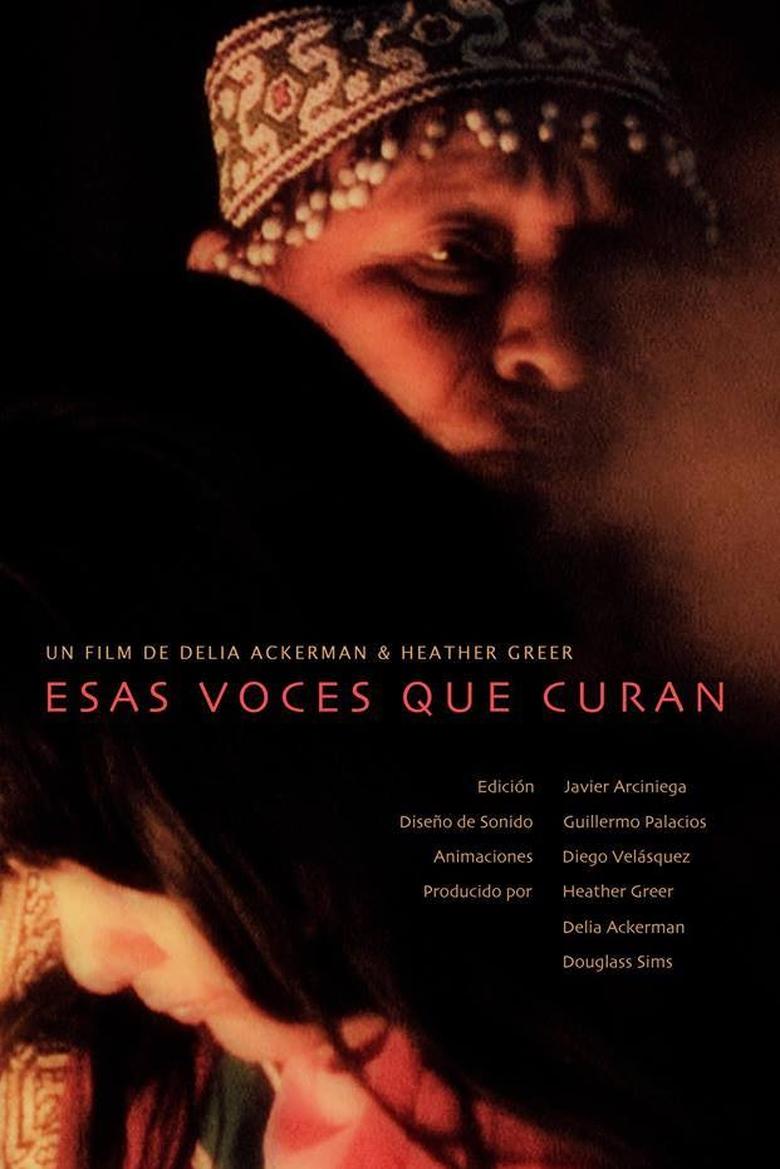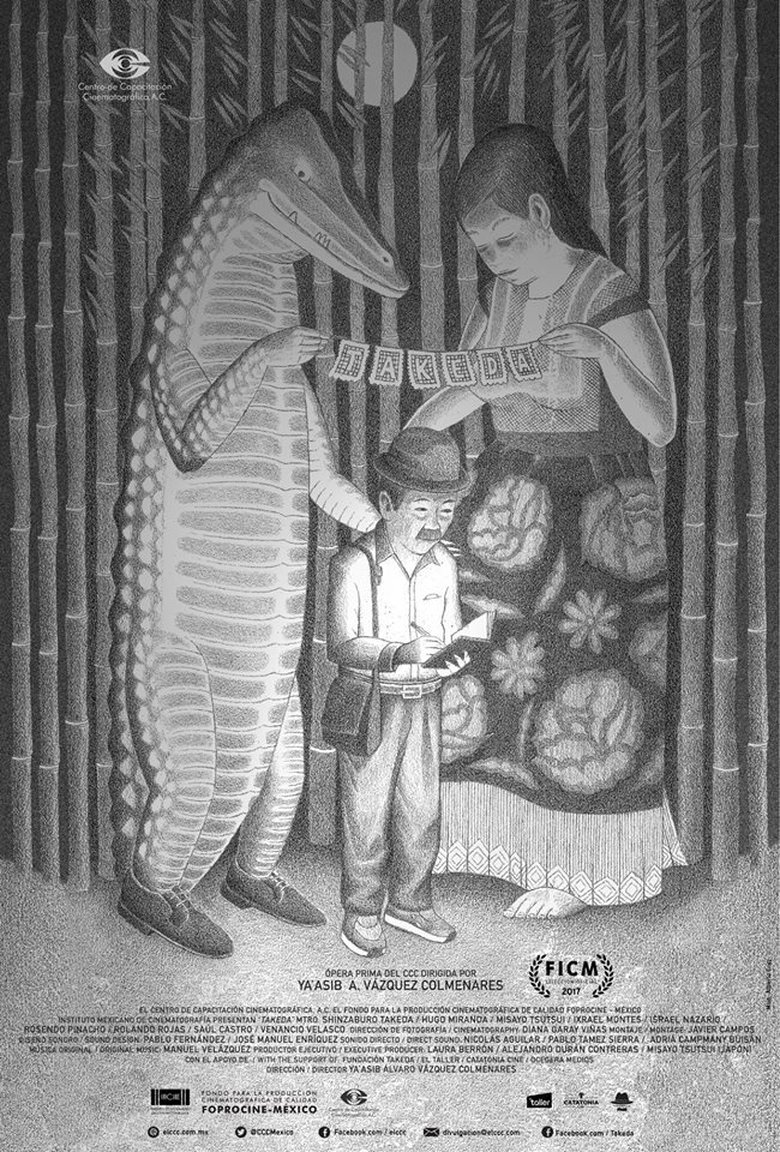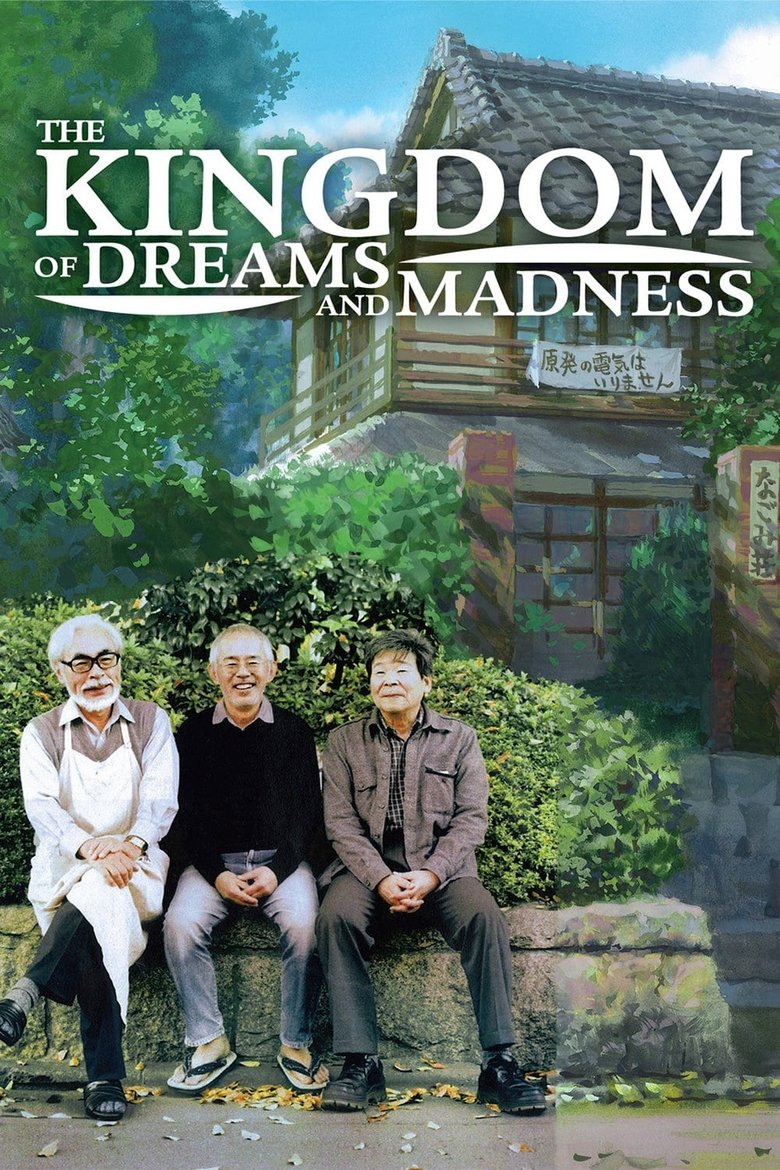
アイヌネノアンアイヌ
2021
1h 12m
This documentary started as part of a photography project about the indigenous Ainu population in northern Japan, portraying people from tightly knit communities. They feel deeply connected by their culture and tradition. With gorgeous pictures, the directors explore how different generations of Ainu reflect on their identity after centuries of oppression.
If current server doesn't work please try other servers beside.
Similar Movies

Joso2020
Joso (josō 女装) is a film collaboration combining anthropology and art film to explore the nature of male reaction and sentiment on the cusp of transformation in contemporary Japan.
Rating:
0.0/10
Votes:
0
Year:
2020

Samurai Headhunters
A documentary on the dark and brutal side of the Samurai warrior clans featuring the life of peasant Masa who is pressganged into the ruthless world of the Samurai.
Rating:
6.6/10
Votes:
5
Year:
2013

Floral Japan
This Traveltalk visit to Japan starts with a look at the country's cherry blossom trees, tulips, and ubiquitous gardens. We then see the proper manner for preparing a woman's hair and wearing a kimono.
Rating:
0.0/10
Votes:
0
Year:
1937

El tigre y el venado
In El Salvador, Chelino tells about the indigenous massacre of 1932, of which he survived, while he teaches the melodies of traditional Salvadoran dances.
Rating:
0.0/10
Votes:
0
Year:
2013

La medicina del perdón
Benito Arévalo is an onaya: a traditional healer in a Shipibo-Konibo community in Peruvian Amazonia. He explains something of the onaya tradition, and how he came to drink the plant medicine ayahuasca under his father's tutelage. Arévalo leads an ayahuasca ceremony for Westerners, and shares with us something of his understanding of the plants and the onaya tradition.
Rating:
0.0/10
Votes:
0
Year:
2001

Esas voces que curan
Herlinda Augustin is a Shipibo healer who lives with her family in Peruvian Amazonia. Will she and other healers be able to maintain their ancient tradition despite Western encroachment?
Rating:
0.0/10
Votes:
0

Inuuvunga: I Am Inuk, I Am Alive
In this feature-length documentary, 8 Inuit teens with cameras offer a vibrant and contemporary view of life in Canada's North. They also use their newly acquired film skills to confront a broad range of issues, from the widening communication gap between youth and their elders to the loss of their peers to suicide. In Inuktitut with English subtitles.
Rating:
0.0/10
Votes:
0
Year:
2004

Takeda
Takeda is a film about the universality of the human being seen thru the eyes of a Japanese painter that has adopted the Mexican culture.
Rating:
7.0/10
Votes:
3
Year:
2017

夢と狂気の王国
Follows the behind-the-scenes work of Studio Ghibli, focusing on the notable figures Hayao Miyazaki, Isao Takahata, and Toshio Suzuki.
Rating:
7.562/10
Votes:
178
Year:
2013

Les Événements de Restigouche
Incident at Restigouche is a 1984 documentary film by Alanis Obomsawin, chronicling a series of two raids on the Listuguj Mi'gmaq First Nation (Restigouche) by the Sûreté du Québec in 1981, as part of the efforts of the Quebec government to impose new restrictions on Native salmon fishermen. Incident at Restigouche delves into the history behind the Quebec Provincial Police (QPP) raids on the Restigouche Reserve on June 11 and 20, 1981. The Quebec government had decided to restrict fishing, resulting in anger among the Micmac Indians as salmon was traditionally an important source of food and income. Using a combination of documents, news clips, photographs and interviews, this powerful film provides an in-depth investigation into the history-making raids that put justice on trial.
Rating:
7.5/10
Votes:
2
Year:
1984

nîpawistamâsowin : We Will Stand Up
On August 9, 2016, a young Cree man named Colten Boushie died from a gunshot to the back of his head after entering Gerald Stanley's rural property with his friends. The jury's subsequent acquittal of Stanley captured international attention, raising questions about racism embedded within Canada's legal system and propelling Colten's family to national and international stages in their pursuit of justice. Sensitively directed by Tasha Hubbard, "nîpawistamâsowin: We Will Stand Up" weaves a profound narrative encompassing the filmmaker's own adoption, the stark history of colonialism on the Prairies, and a vision of a future where Indigenous children can live safely on their homelands.
Rating:
8.3/10
Votes:
3
Year:
2019

Saynatakuna: Masks and Transfigurations in Paukartambo
An ethnographic film that tells the story of the mask makers and dancers during the festival of the Virgen del Carmen in Paukartambo, Cuzco. The dancers reinterpret their history and socio-political forces that drive them to perform their rituals of magic and resistance. The 18 dance troupes reenact and satirize the different ethnic groups that passed through Paukartambo since the beginning of time. They connect and tell a story of the past, the present, and the future wearing hand-made colorful masks and intricate beaded costumes.
Rating:
0.0/10
Votes:
0
Year:
2015

プロフェッショナル 仕事の流儀スペシャル 宮崎 駿の仕事
Rating:
0.0/10
Votes:
0
Year:
2009

The John Muir
Some people think John Muir was a hero. Others: not so much. The Adventure Brothers hike the famous John Muir Trail (a.k.a. Nüümü Poyo) to investigate the conservationist's controversial legacy.
Rating:
0.0/10
Votes:
0

Toroboro: El nombre de las plantas
A botanical expedition in Ecuador's Amazon becomes a medium for an indigenous Huaorani community to remember the genocidal colonization it suffered in the 1960s. Meanwhile, a group of ecologists from the capital tries to stop oil exploitation in the last remaining forests where the isolated Huaoranis still live, who to this day refuse to come into contact with civilization.
Rating:
0.0/10
Votes:
0
Year:
2024

Japon, un nouveau monde sauvage
Rating:
8.0/10
Votes:
2
Year:
2023

Monumento a Uruçumirim
Manifesto of the Pataxó tribe, with the testimony of the chief José Guajajara, in front of the Monument to Estácio de Sá, where the Tamoios massacre took place in 1567, on the coincident day that celebrates the foundation of the city of Rio de Janeiro, 20 January.
Rating:
0.0/10
Votes:
0
Year:
2009

Ameríndia - Memória, Remorso e Compromisso no V Centenário
Rating:
0.0/10
Votes:
0

Iniskim - Return of the Buffalo
A cinematic wonder & incredible opportunity to learn about Indigenous ways of knowing. A group of puppeteers are transformed by their experience of "being buffalo" at night under the stars. Amethyst First Rider tells the puppeteers, "You are the buffalo. With each movement of your hands, each connection, you're creating energy & they become a part of you." In 2017 history was made when bison were reintroduced to Banff National Park where they continue to roam free today. The project was part of the historic Buffalo Treaty, with over 40 First Nation signatories, who are part of the movement to bring buffalo back to their ancestral lands. Leroy Little Bear & Amethyst First Rider lead this movement, & since Amethyst is first & foremost an artist, she wanted to celebrate the return of the buffalo through art. She met master puppeteer, Pete Balkwill, who was working with sculptural lantern puppets with his collaborators that lent themselves to night time performances on the land
Rating:
0.0/10
Votes:
0
Year:
2024

74歳のペリカンはパンを売る。
Pelican, a bakery located at Asakusa, Tokyo, becomes crowded every morning. There are only two types of bread sold. It looks ordinary but meet a bakery that has been loved for 74 years with a taste you won't get tired of even if you eat it everyday!
Rating:
6.0/10
Votes:
1
Year:
2019
If current server doesn't work please try other servers beside.